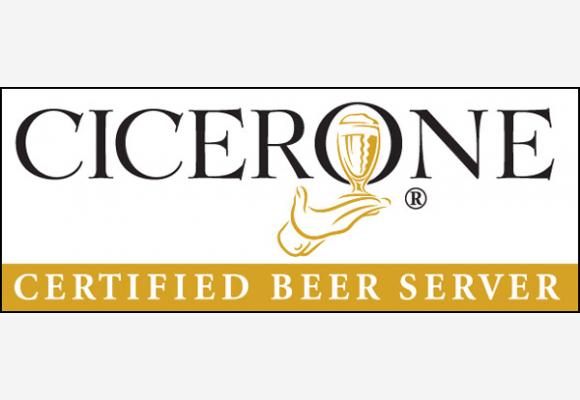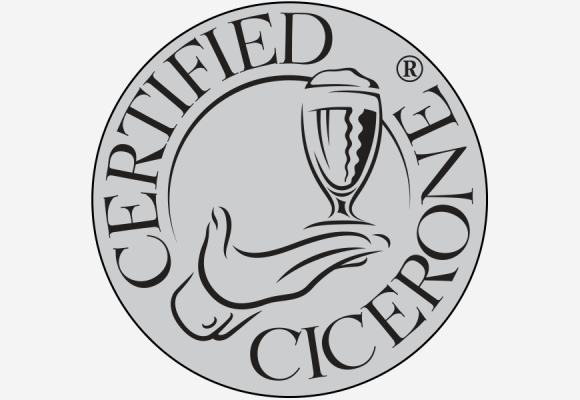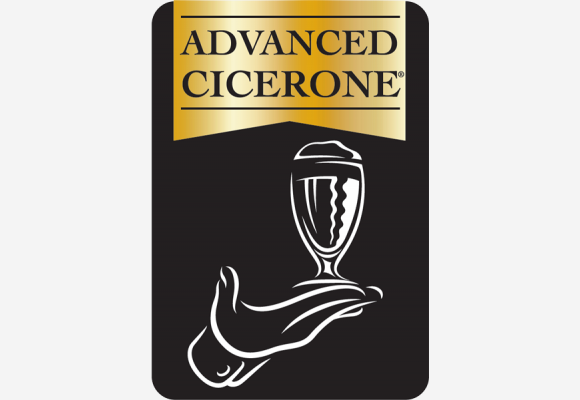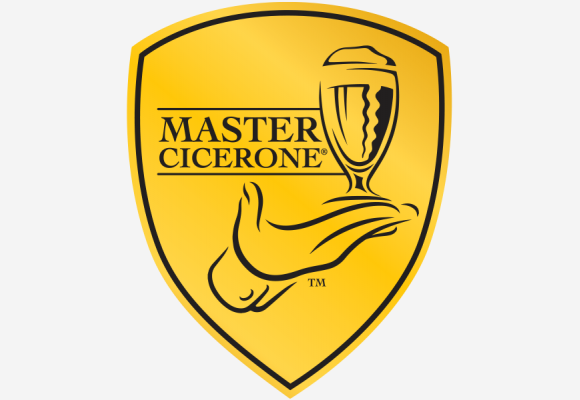Raise a glass to vintage beer! Treat yourself to a tour through time with this historical collection of beer recipes from 1800 to 1965.
Resources & Links
This page presents more than one hundred links, files, books, and courses that can help candidates prepare for Cicerone exams of all levels. As they cannot all be listed on one page, we recommend that you use the drop-down menus below to sort the content to suit your needs if this has not already been done.
Click on each certification level to see essential study resources.
Please note that we include links to a number of independently prepared resources such as local classroom courses which the Cicerone Certification Program does not endorse or monitor. Cicerone assumes no responsibility for independent resources and users should take appropriate diligence in assessing them.
To become listed here, check our guidelines for independent training courses.
One of the most exciting and dynamic segments of today's craft brewing scene , American-brewed sour beers are designed intentionally to be tart and may be inoculated with souring bacteria, fermented with wild yeast or fruit, aged in barrels or blended with younger beer.
On Food and Cooking is the bible to which food lovers and professional chefs worldwide turn for an understanding of where our foods come from, what exactly they're made of, and how cooking transforms them into something new and delicious.
Explore the evolution of one of craft beer's most popular styles, India pale ale. Equipped with brewing tips from some of the country's best brewers, IPA covers techniques from water treatment to hopping procedures.
Brewers often call malt the soul of beer. Fourth in the Brewing Elements series, Malt: A Practical Guide from Field to Brewhouse delves into the intricacies of this key ingredient used in virtually all beers.
Master fromager Max McCalman, author of The Cheese Plate and Cheese, is steeped in the world of artisanal cheeses like no one else. In Mastering Cheese, he shares the wealth of his expertise to help cheese lovers on their path to connoisseurship.
Explores the world of Lambics, Flanders red and Flanders brown beers as well as the many new American beers produced in the similar style.
Stan Hieronymus expertly explains the nature of hops, their origins, hop quality and utilization--and even devotes an entire chapter to dry hopping. For the Love of Hops also includes a reference catalog of more than 100 varieties and their characteristics.
The Drunken Botanist, Amy Stewart explores the dizzying array of herbs, flowers, trees, fruits, and fungi that humans have, through ingenuity, inspiration, and sheer desperation, contrived to transform into alcohol over the centuries.
Farmhouse Ales defines the results of years of evolution, refinement, of simple rustic ales in modern and historical terms, while guiding today's brewers toward credible--and enjoyable--reproductions of these old world classics.
Yeast: The Practical Guide to Beer Fermentation is a resource for brewers of all experience levels. The authors adeptly cover yeast selection, storage and handling of yeast cultures, how to culture yeast and the art of rinsing/washing yeast cultures.
A richly detailed examination of Belgian beer and brewing. Michael Jackson's extraordinary passion for Belgian beer shines through in every aspect of this engaging work, from the personal stories of the people behind the beers to the careful descriptions of their flavors.
The champion of uncelebrated foods including fat, offal, and bones, Jennifer McLagan turns her attention to a fascinating, underappreciated, and trending topic: bitterness.
Brew Like a Monk delves into monastic brewing, detailing this rich-flavored region of the beer world. It also examines methods for brewing these unique ales suited to commercial and amateur brewers.
Water is arguably the most critical and least understood of the foundation elements in brewing beer. Water: A Comprehensive Guide for Brewers, third in Brewers Publications Brewing Elements series, takes the mystery out of water's role in the brewing process.
The ultimate reader- and drinker-friendly guide to the world’s ales and beers, and the book that approaches the subject in the same way beer lovers do—by style, just like a welcoming pub menu.
The Master of Beer Styles and Evaluation course is designed to give professional brewers the skills they need to understand beer styles, formulate recipes, and evaluate "gold-medal" beer recipes.
While students are not required to have a brewing background to attend this course, we do ask that those attending should have a basic understanding of how beer is made in order to obtain the most from this course.
Those with either professional brewing experience or formal education in the equivalence of our WBA Concise Course in Brewing Technology will find this course highly valuable in formulating beer styles for competitions such as the World Beer Cup® and Great American Beer Festival®, as well as for expanding their knowledge of beer styles and off flavors.
Leading neuroscientist Gordon M. Shepherd embarks on a paradigm-shifting trip through the "human brain flavor system," laying the foundations for a new scientific field: neurogastronomy.
More than 65 years ago MBAA created a simple, practical, technical book on all aspects of brewing in a user friendly question-and-answer format. Building on that best-selling concept, this popular handbook series, written by MBAA experts, expands the Q&A format in a comprehensive manner, making it easier than ever to find answers to your questions on the broad subject of specialty brewing.
Each year between February and March the Brewers Association updates the Beer Style Guidelines.
Reporting from kitchens, supermarkets, farms, restaurants, huge food corporations, and science labs, Pulitzer Prize-winning journalist John McQuaid tells the story of the still-emerging concept of flavor and how our sense of taste will evolve in the coming decades.
Get fast answers to technical questions on cellar and tank design, fermentation biochemistry and microbiology and their relationship to the cellar processes in producing specialty ales and lager beers.
Author Ray Daniels provides the brewing formulas, tables, and information to take your brewing to the next level in this detailed technical manual.
This book gives a comprehensive overview of malts and malt competitors, how they are made and evaluated. Summary-outlines of the malting process and malt-using processes are followed by consideration of the structures, germinative physiology and biochemistry of cereal grains.




